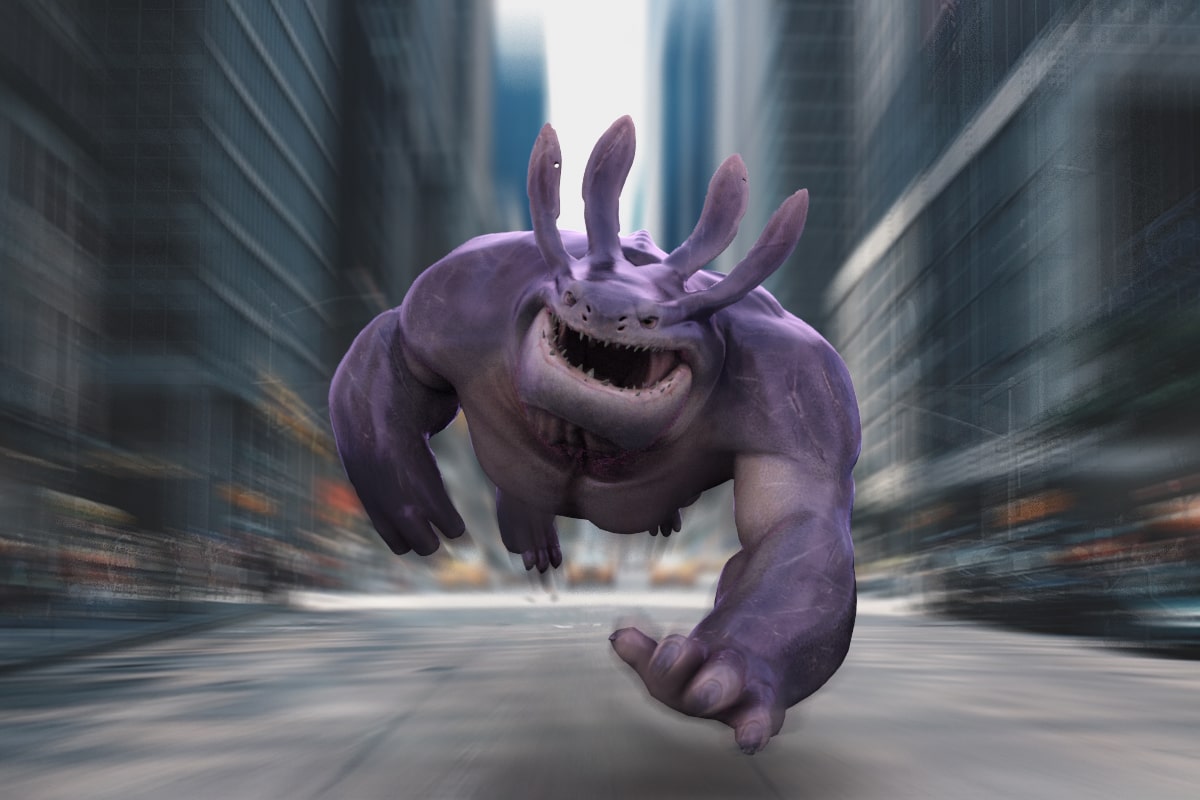In the fast-paced world of video game development, one crucial element that can make or break a game’s success is the characters within it. Character conceptualization in video games plays a pivotal role in engaging players, immersing them in the game world, and creating memorable experiences.
From the hero on a quest to save the kingdom to the villain plotting world domination, each character is meticulously crafted to evoke emotions, drive the narrative, and enhance gameplay.
The Importance of Strong Character Design
Characters are the heart and soul of a video game. They provide a connection point for players, offering someone to root for, empathize with, or even despise. A well-designed character can leave a lasting impression, becoming iconic in the gaming community.
Think of characters like Mario, Lara Croft, or Master Chief. These characters have transcended their respective games, becoming cultural icons recognized even by those who may not play video games.
Elements of Character Conceptualization
Creating a memorable character in a video game involves more than just an interesting design. It requires a deep understanding of several key elements that bring the characters to life and make them integral to the game’s story.
Let’s have a quick overview of these crucial components to understand how they contribute to effective character conceptualization.
- Backstory and Motivation: A compelling backstory is essential for character development. It provides depth and context, making characters more relatable and believable. Understanding a character’s motivations helps players connect with their journey and actions within the game.
- Visual Design: The visual aspect of a character is often the first thing players notice. A unique and visually appealing design can capture players’ attention and make the character stand out. This includes considering aspects like clothing, accessories, physical features, and color schemes that align with the character’s personality and role in the story.
- Personality and Dialogue: A character’s personality should be reflected in their actions, dialogue, and interactions with other characters. This adds another layer of depth and makes the character more dynamic. Well-written dialogue can reveal a lot about a character’s personality, values, and growth throughout the game.
- Role in the Narrative: Each character should have a clear role within the game’s story. Whether they’re the protagonist, antagonist, or supporting character, their actions and development should drive the plot forward and contribute to the overall narrative arc.
Techniques for Effective Character Conceptualization
Creating compelling characters involves a structured approach. Key techniques include research and inspiration from various sources, developing concept art with iterative feedback, collaborating across teams, and gathering player feedback. These methods ensure characters are well-rounded, visually appealing, and resonate with players.
- Research and Inspiration: Drawing inspiration from various sources such as mythology, literature, and real-world cultures can help in creating unique and compelling characters. Research can provide a solid foundation for developing characters with depth and authenticity.
- Concept Art and Iteration: Concept art is a crucial step in visualizing a character. It allows developers to experiment with different designs and refine the character’s appearance before finalizing it. Iteration is key, as it provides opportunities to make adjustments based on feedback and evolving game requirements.
- Collaboration: Character conceptualization is often a collaborative effort involving artists, writers, and designers. Each team member brings a different perspective, ensuring the character is well-rounded and fits seamlessly into the game world.
- Player Feedback: Playtesting with real players can provide valuable insights into how characters are perceived and received. This feedback can inform further refinements, ensuring the characters resonate with the target audience.
Conclusion
In the ever-evolving landscape of video game development, character conceptualization remains a critical component in crafting engaging and memorable gaming experiences. By focusing on strong character design, developers can create protagonists and antagonists that not only drive the narrative but also forge emotional connections with players.
Through research, iteration, and collaboration, characters can transcend the digital world, leaving a lasting impact on the hearts and minds of gamers everywhere.
Key Takeaways:
- Character conceptualization in video games is a critical aspect of game development that influences player engagement and overall gaming experience.
- Roles such as game designer, character artist, narrative designer, concept artist, voice actor, AI programmer, game writer, motion capture artist, game producer, and user experience designer play vital roles in bringing game characters to life.
- Collaboration among various professionals is essential to create compelling characters that resonate with players and enhance the game’s narrative and gameplay.
- Mastering the art of character conceptualization can lead to creating memorable characters, immersive game worlds, and successful gaming experiences.
To further enhance your skills and knowledge in character conceptualization in the video game industry, consider enrolling in the NYU Animation Industry Essentials online course and certificate program offered by Yellowbrick.
This program can provide valuable insights and practical training to help you excel in creating captivating characters for video games.








